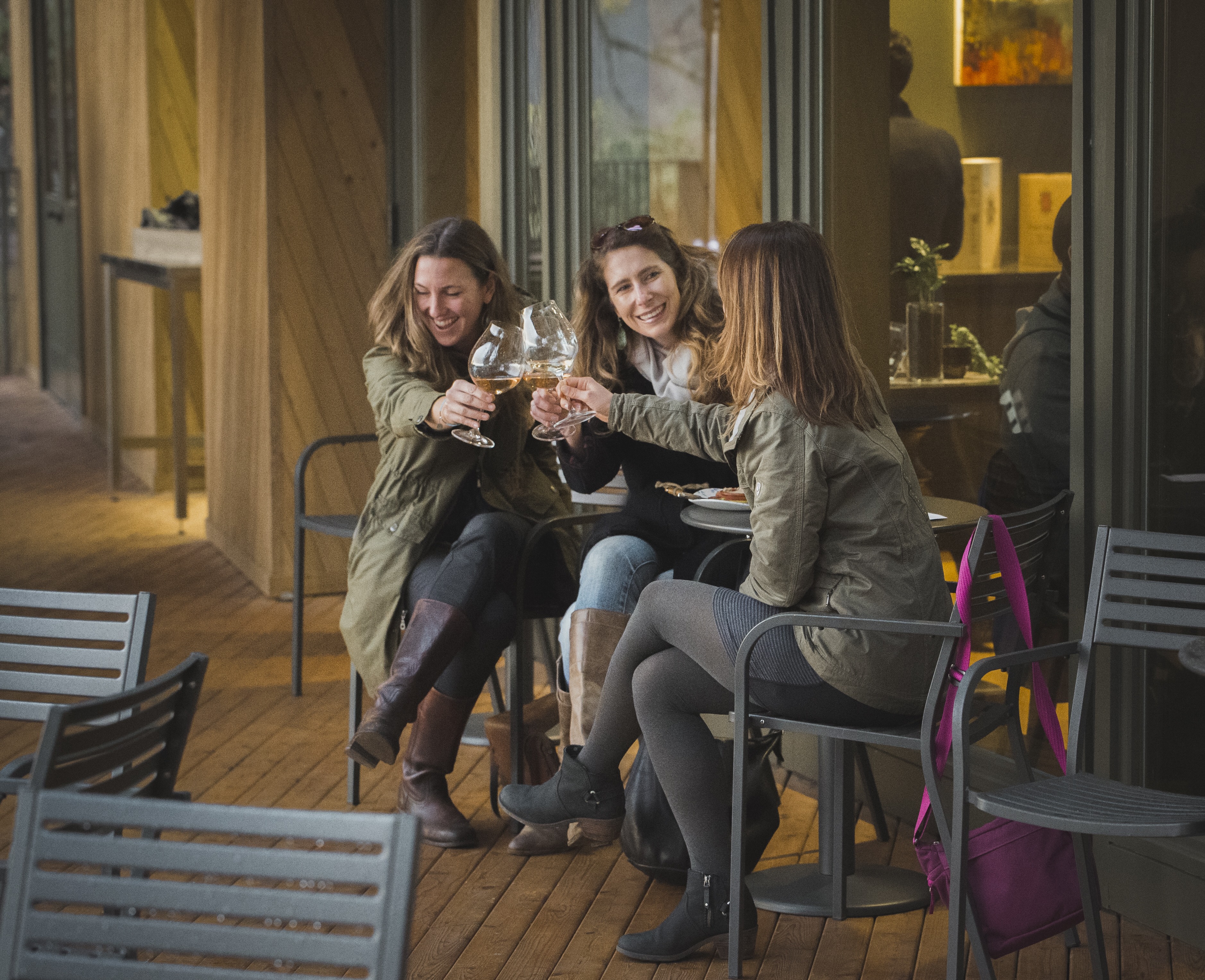Courtesy of: Willamette Valley Wineries Association
Image credit: Christopher Peters / @dirt.coast
THE VERY IMPORTANT NEXT STEP
During harvest, winemaking is front and center: visitors to most wineries can see grapes being crushed, tanks being punched down, and barrels being filled. But once January hits, it can feel as though all of wine country has paused to catch a breath, and it’s not as easy to see what’s happening in the very important next step of the winemaking process.
That’s Cellar Season — the time of year when wines are undergoing the slower maturation process in barrel or tank after their comparatively fast fermentation. And just like the wines, industry folks from the tasting room to the production team are turning their focus on rejuvenation, hospitality and reflection.
THE QUIET ENERGY OF CELLAR SEASON
There’s a quiet energy to the Cellar Season that complements tranquil rainfall and brisk winter chill, and it carries through from the production team to the hospitality staff. “I love cozying up by the fire with our sparkling wines and ports,” says Katie Bass, tasting room manager and wine club manager at Eola Hills Wine Cellars. She adds, “I plan monthly trainings to keep us on our toes and to prep for the busy season. Getting out and about with the team is so valuable: tasting adventures to other wineries, breweries and distilleries, sledding expeditions, and maybe even an escape room outing!”
The wines made from the most recent harvest spend this time in barrel or tank to undergo their secondary (malolactic) fermentation, which affects all red wines and many white wines and creates a smooth texture. This also gives the new wines time to integrate their flavors, and if they’re in oak it’s a crucial process of slowly harmonizing fruit, earth and other characteristics with the aromas and texture that oak itself lends.
By February and March, the red wines of previous vintages are often ready to come out of barrel, and white wines designed for spring drinking and made in a fresh, oak-free style—such as many Pinot gris and almost all Riesling wines—are also ready for the bottling line. Bottling is the first really high-energy time of the winemaking year, and the excitement of the growing season to come is in the air. Meanwhile, there’s no better time to experience the tasting room; wineries take this time of year to focus on intimate and in-depth experiences for their guests.
Follow along on social media with #wvcellarseason. Cheers!




